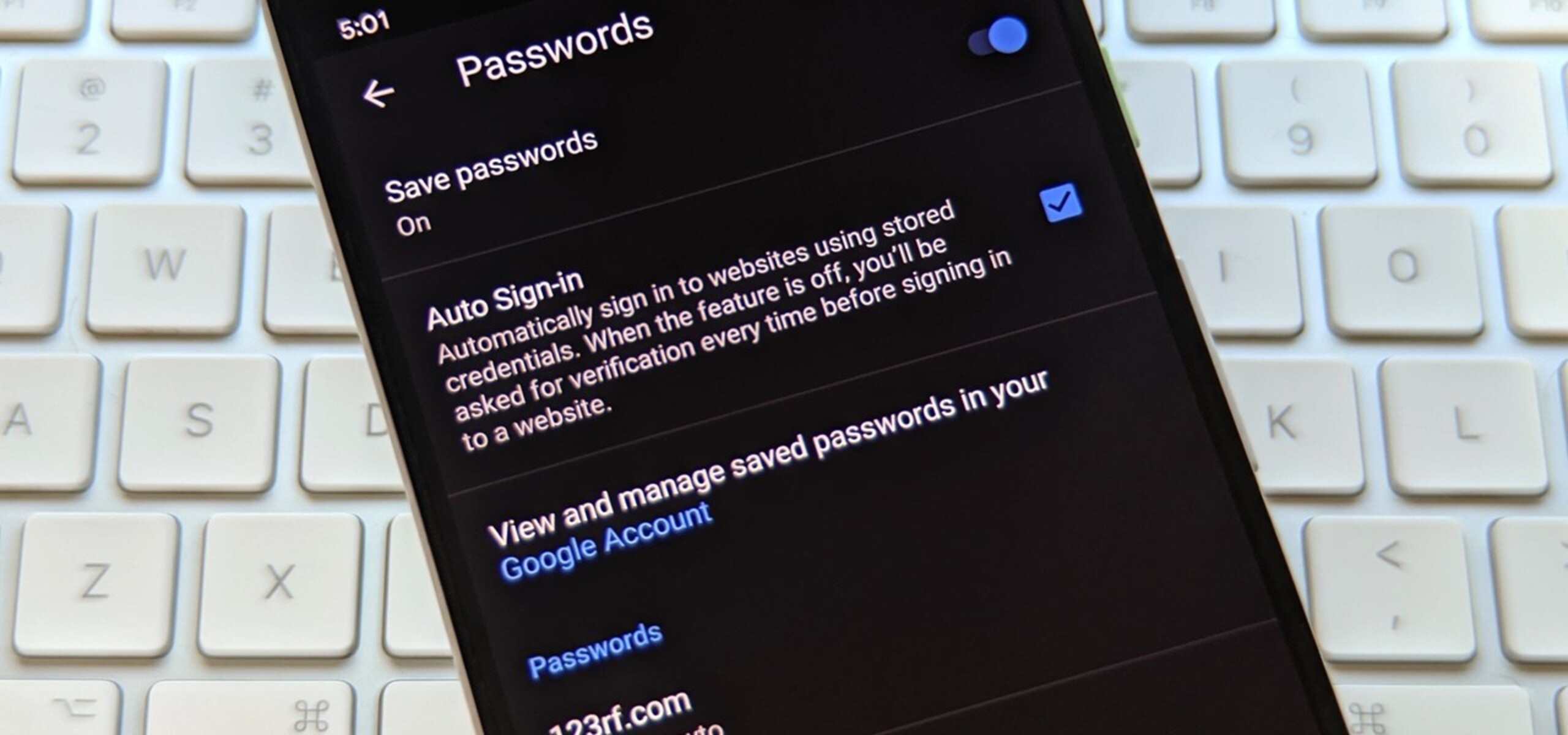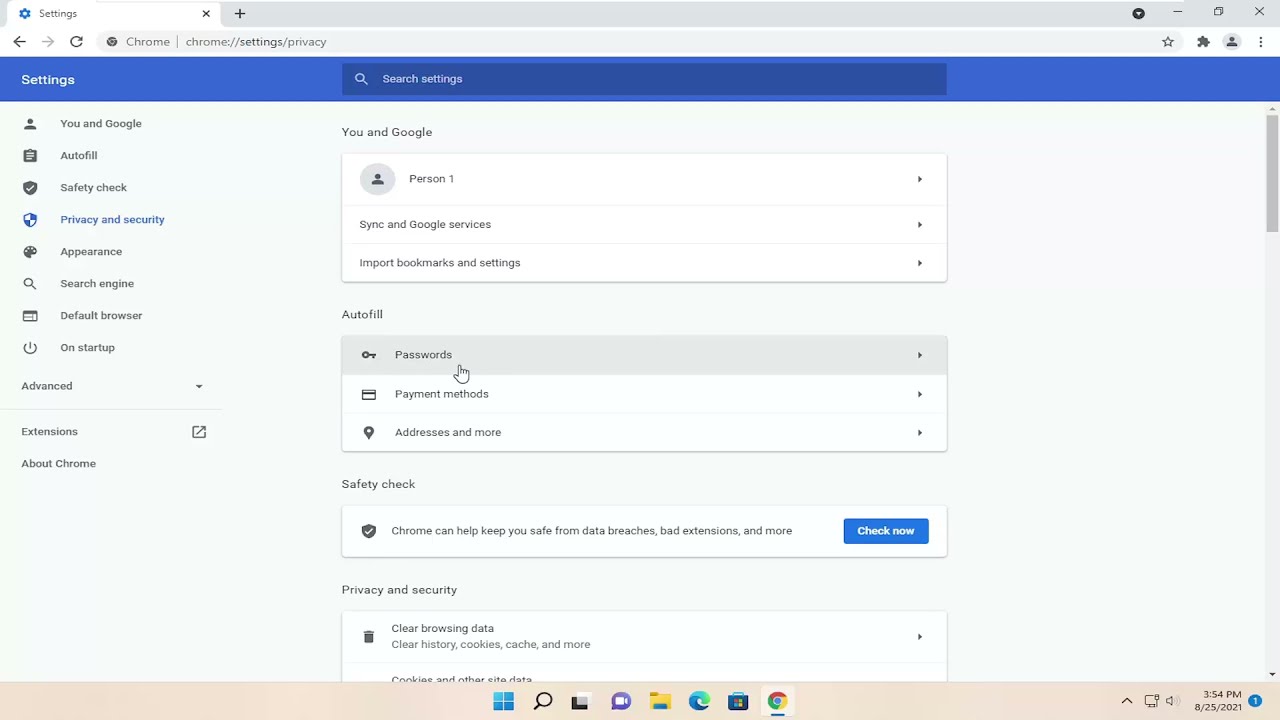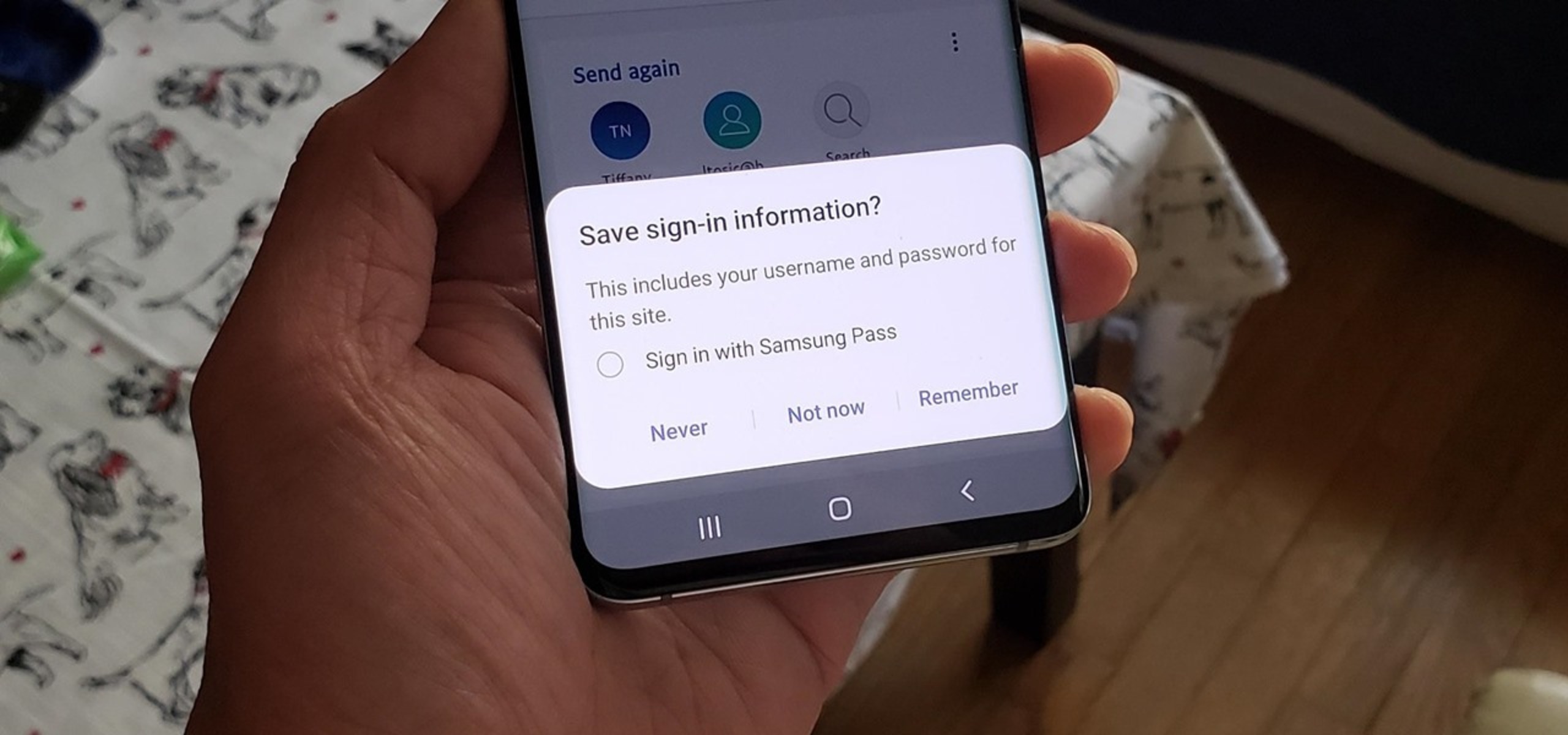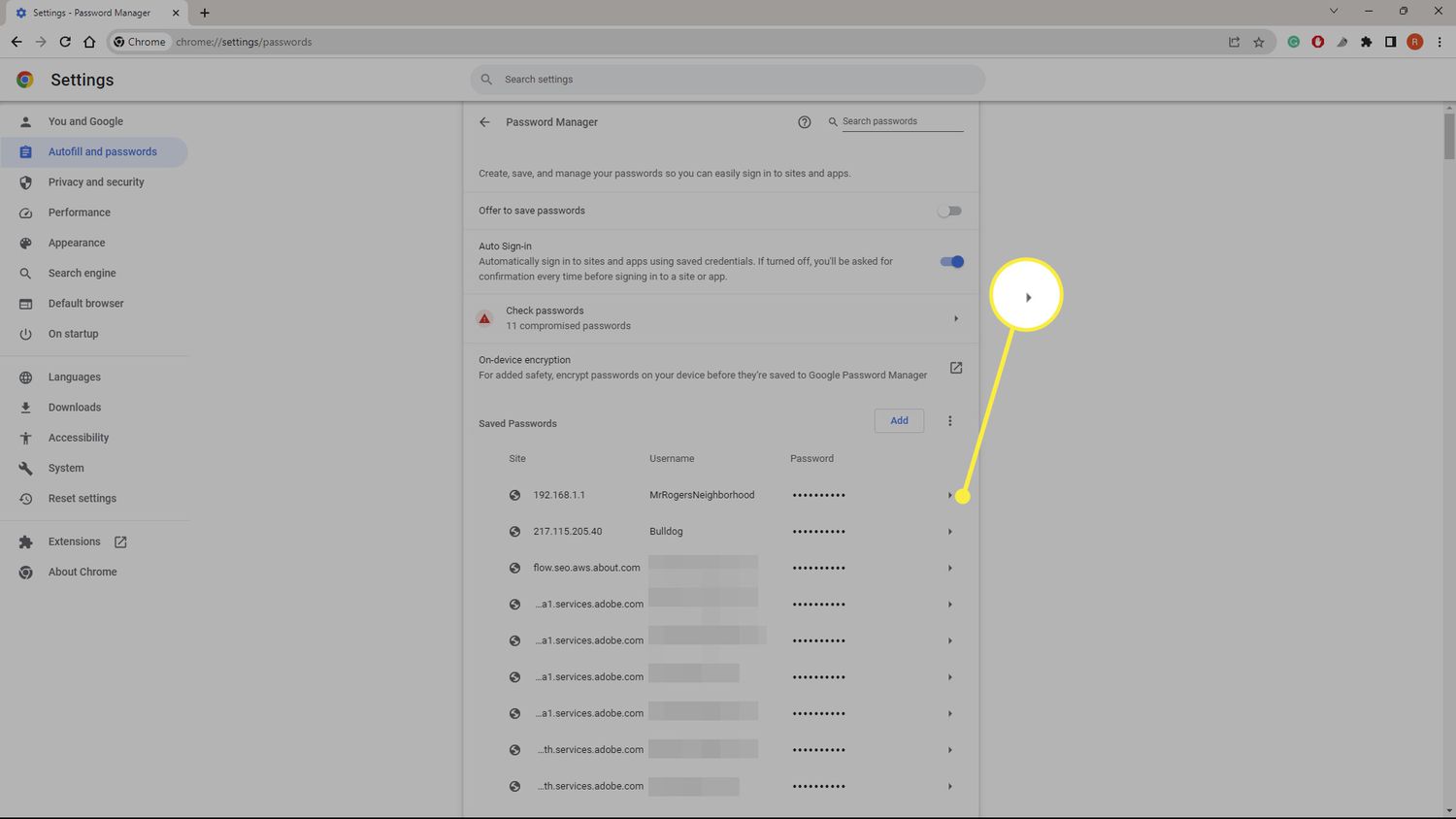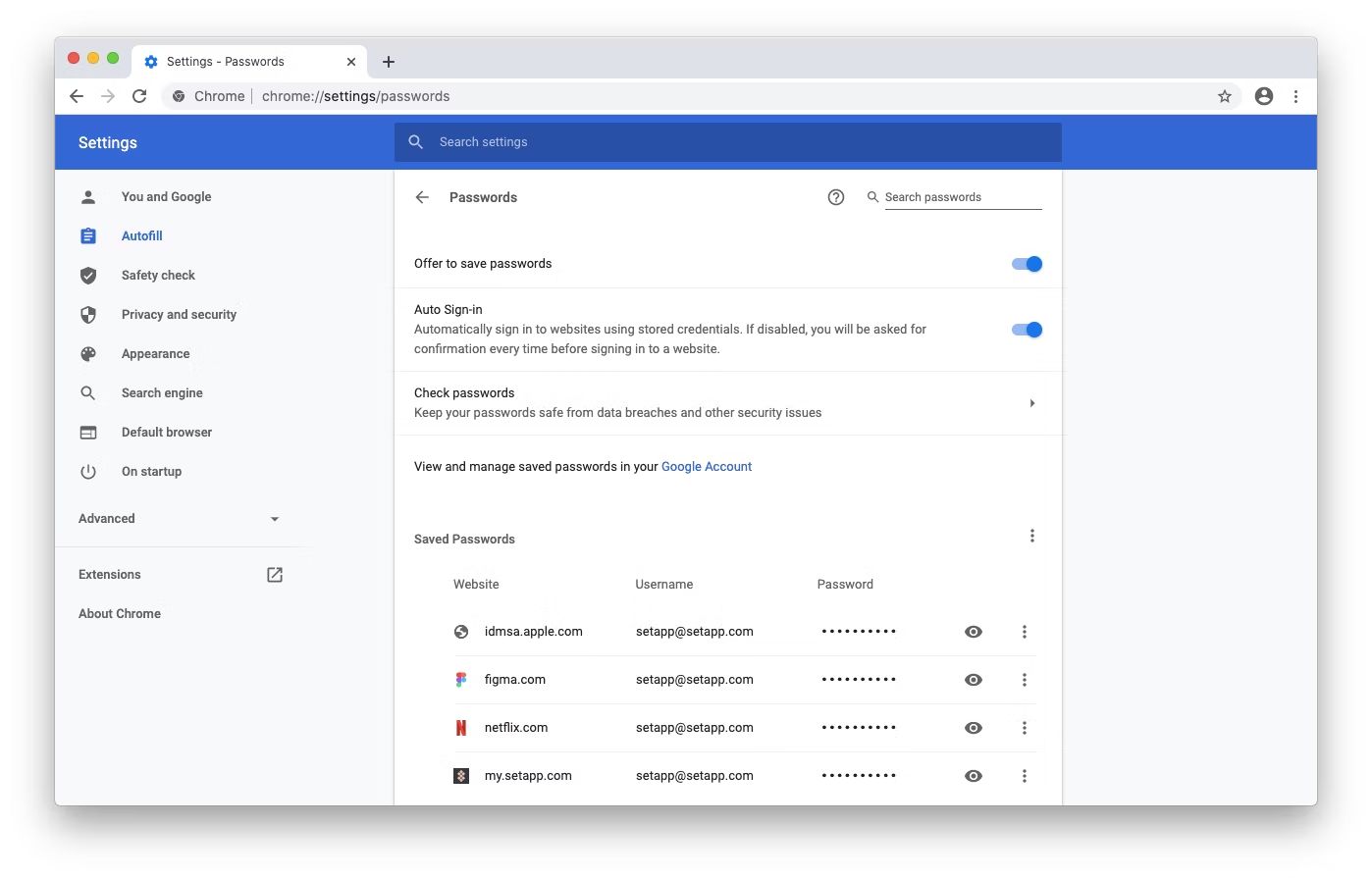Introduction
When it comes to browsing the web, Google Chrome stands out as one of the most popular and user-friendly web browsers. Its intuitive interface and plethora of features make it a go-to choice for millions of users worldwide. However, one common issue that many Chrome users encounter is the automatic storage of usernames and passwords for various websites. While this feature can be convenient, it may also pose a security risk, especially when using a shared or public computer.
In this article, we will delve into the process of removing remembered usernames in Chrome. Whether you're looking to enhance your privacy, clear clutter from your browser, or simply tidy up your online accounts, understanding how to manage stored usernames is essential. By following the steps outlined in this guide, you can regain control over your browsing experience and ensure that your personal information remains secure.
So, if you've ever found yourself frustrated by Chrome's habit of remembering usernames that you'd rather keep private, you're in the right place. We'll walk you through the necessary steps to declutter your browser and regain peace of mind when it comes to your online security. Let's dive into the process of accessing Chrome settings and removing those pesky remembered usernames once and for all.
Accessing Chrome Settings
Accessing Chrome settings is the first step towards managing and controlling the data stored by the browser. Whether you're using Chrome on a desktop or a mobile device, the process of accessing settings remains consistent. Here's how you can navigate to the settings menu in Chrome:
On Desktop:
-
Using the Menu Icon:
- In the top-right corner of the browser window, you'll find the menu icon, represented by three vertical dots. Click on this icon to reveal a dropdown menu.
-
Selecting "Settings":
- Within the dropdown menu, locate and click on the "Settings" option. This action will redirect you to the Chrome settings page, where you can customize various aspects of the browser's behavior.
-
Navigating Directly:
- Alternatively, you can access the settings page by typing "chrome://settings/" in the address bar and pressing "Enter." This direct approach bypasses the dropdown menu and takes you straight to the settings interface.
On Mobile:
-
Tap the Menu Icon:
- On the mobile version of Chrome, the menu icon is typically located in the top-right or bottom-right corner of the screen, depending on your device and browser version. Tap on this icon to reveal the menu options.
-
Accessing "Settings":
- Scroll through the menu options and tap on "Settings." This action will open the settings page, allowing you to configure Chrome according to your preferences.
By following these simple steps, you can easily access the settings menu in Chrome, regardless of the device you're using. Once you've reached the settings interface, you'll be ready to proceed with managing the stored usernames and passwords, taking control of your browsing experience.
Accessing Chrome settings is a fundamental skill for any Chrome user. Whether you're adjusting privacy settings, customizing the browsing experience, or managing stored data, the settings menu serves as the central hub for controlling Chrome's behavior. With the ability to access settings effortlessly, users can tailor their browsing experience to align with their individual preferences and security requirements.
Removing Remembered Usernames
Now that you've accessed the settings in Chrome, it's time to tackle the task of removing remembered usernames. Follow these steps to regain control over your stored credentials:
Managing Saved Passwords:
- Access the Passwords Section: Within the Chrome settings menu, locate and click on the "Passwords" option. This will direct you to a list of saved usernames and passwords associated with various websites.
- Review the Saved Credentials: Scroll through the list of saved passwords to identify the usernames that you wish to remove. Each entry typically includes the website URL, username, and an option to reveal the password.
- Deleting Saved Usernames: Identify the specific username you want to remove and click on the three vertical dots or the "More Options" icon next to it. From the dropdown menu, select the "Remove" or "Delete" option to permanently erase the stored username from Chrome's memory.
Using Incognito Mode:
- Browsing Privately: If you prefer not to store usernames and passwords at all, consider using Chrome's Incognito mode. This feature allows you to browse the web without saving any history, cookies, site data, or form inputs. By using Incognito mode, you can prevent Chrome from remembering any usernames or passwords during your browsing sessions.
Clearing Autofill Data:
- Access Autofill Settings: Within the Chrome settings menu, navigate to the "Autofill" section. Here, you can manage the browser's ability to automatically fill in forms and store user information.
- Clearing Usernames: Locate the option to manage saved addresses and more importantly, saved passwords. Click on the "Passwords" option to view and manage the stored usernames. From here, you can delete individual usernames or clear all saved passwords at once.
By following these steps, you can effectively remove remembered usernames from Chrome, ensuring that your browsing experience aligns with your privacy preferences. Whether you're looking to tidy up your browser, enhance security, or simply regain control over your stored credentials, managing remembered usernames is a crucial aspect of maintaining a secure and personalized browsing experience.
Remember, taking control of your stored usernames and passwords not only enhances your privacy but also contributes to a clutter-free and streamlined browsing experience. With these simple yet powerful techniques, you can confidently manage your online credentials within Chrome, ensuring that your personal information remains secure and your browsing habits remain tailored to your preferences.









